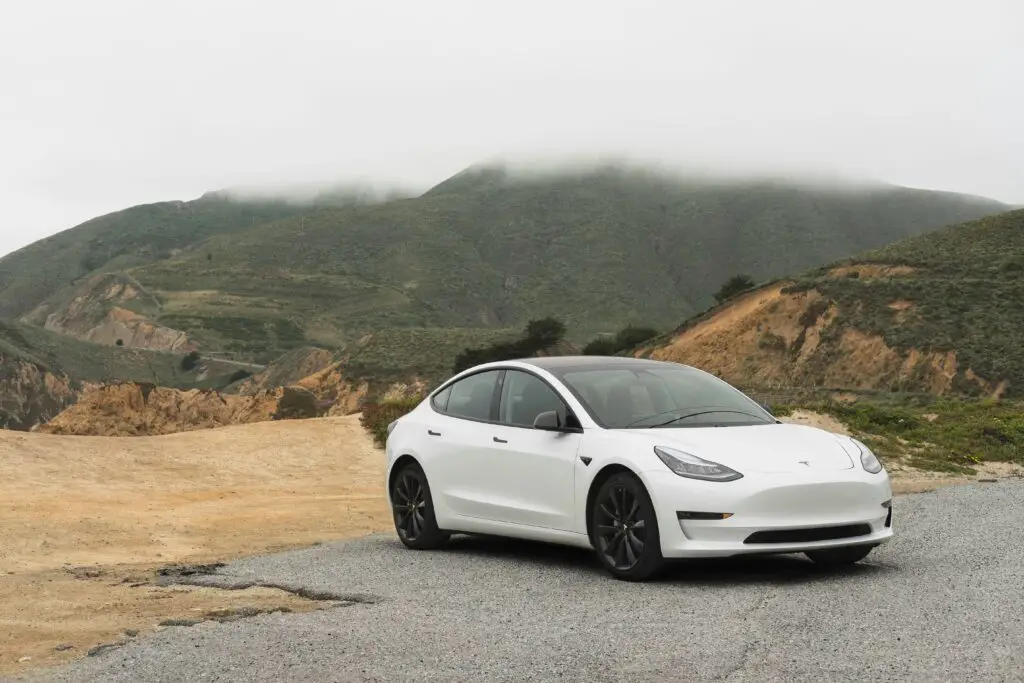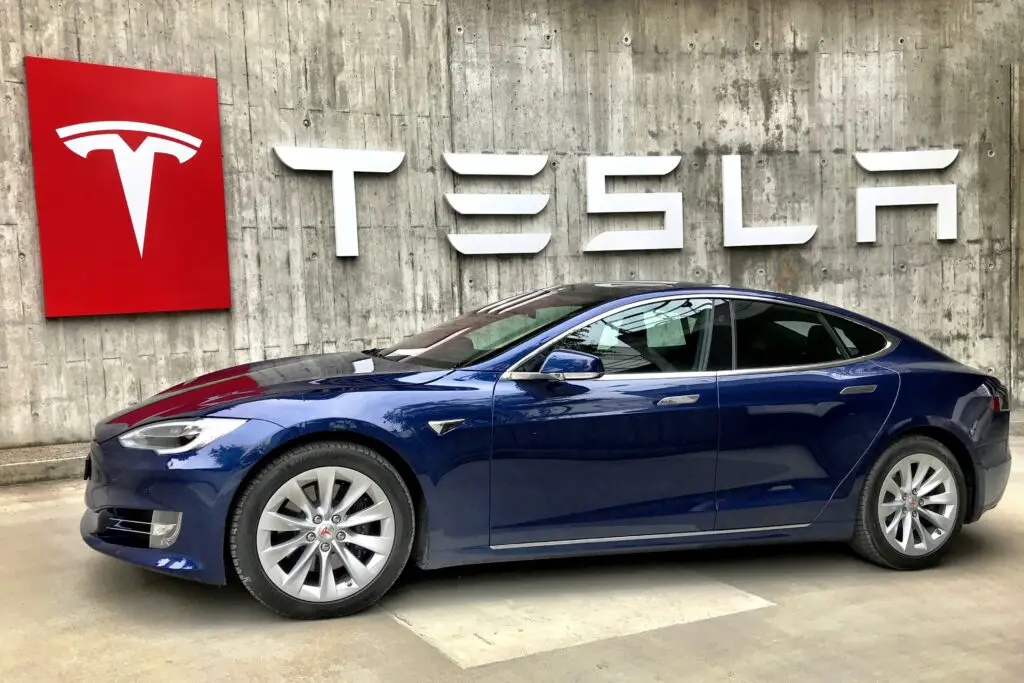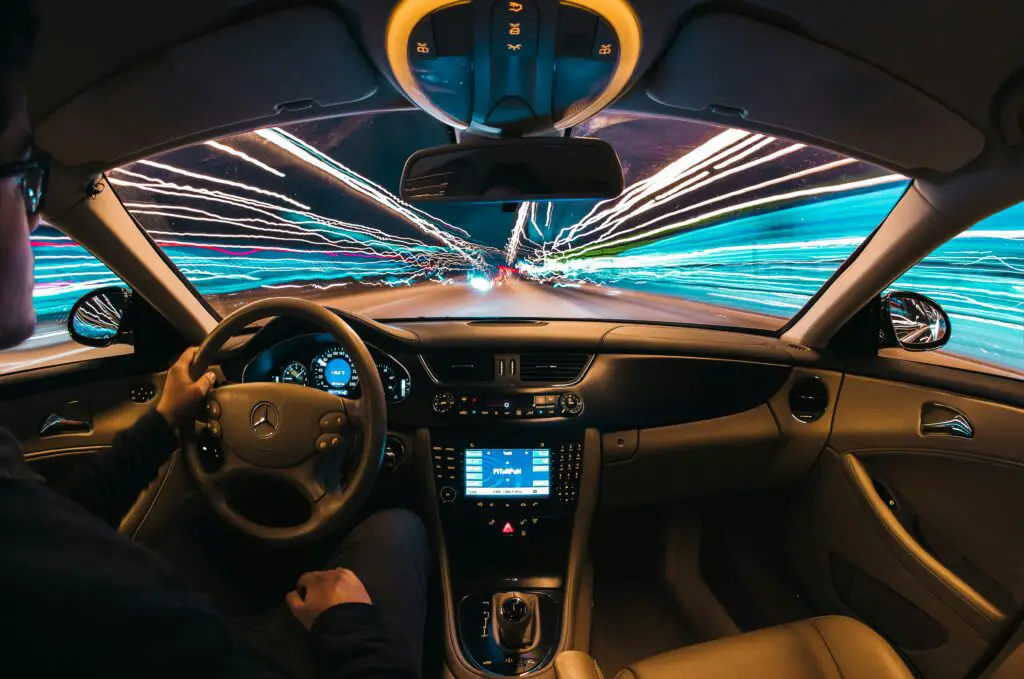Depending on who you ask, self-driving cars are a way of the future. Over the past few years, technological advancements have allowed for the production of cars with full or partial self-driving capability. While some marvel at these advancements, others are weary of their possible dangers. Their suspicions only worsen when news reporters broadcast stories of self-driving cars causing accidents. To help you understand the legal intricacies of these situations, we will deeply dive into the question: Who’s liable in a “self-driving” car accident?
Dangerous Self-Driving Car Accident
While it’s not necessarily difficult to find footage of a self-driving car accident, this one is particularly harrowing to watch.
The car in the video has front and back dash cameras to capture footage. Despite the foggy weather conditions, the car seems to be driving pretty fast in the video. Quickly, we begin to see a fast-moving train come into view through the fog. As the car continues to drive, it becomes ever more apparent that the two will collide.
Right before the vehicle crashes through the train’s guard rail, the driver takes control of the vehicle. Now fully in charge, they steer the car quickly to the side, crashing through the rail. As the video ends, we see the train moving fast in the car’s rearview camera. Although the situation did not result in any injuries, it raises questions about the safety of autonomous vehicles.
Legalities of Self-Driving Car Accidents

In most recent cases, liability in self-driving car accidents falls upon the driver. The vast majority of self-driving cars are only partly autonomous. This means they still require human interaction, supervision, and, most importantly, control to operate safely. Most cars will issue warnings in unsafe conditions when they need more human control. If drivers ignore these warnings, they will be liable for damages.
In some instances, underlying issues may lead to a crash. For example, if a company manufactures a car part incorrectly, the company could be liable for the damages. Currently, no federal laws govern self-driving cars, but many states have created regulations addressing the manufacturing process of these vehicles.
Likewise, some issues that cause crashes stem from software. With many autonomous cars, companies acquire software from third-party companies. If an apparent software issue is to blame for a collision, you may be able to hold them liable.
As more self-driving car accidents happen, people are beginning to debate who should be held liable in certain situations. According to Case Western Reserve University law professor Cassandra Burke Robinson, driving creates a unique legal dilemma.
She says, “The nature of modern semi-autonomous systems requires the human and machine to engage in a collaborative driving endeavor…The human driver should not bear full liability for the harm arising from this shared responsibility.”
More and more legal experts agree that there will likely be a movement towards clear laws and regulations regarding the liability of self-driving car accidents.
Warning From Self-Driving Car Companies

Every self-driving car is unique, with specific features that qualify it as “automated.” For instance, some self-driving cars monitor lane control and speeds, whereas others can fully turn and change lanes for you.
Most self-driving car companies issue a long list of warnings and rules regarding the use of their products. These warnings usually alert the user that self-driving cars are not fully autonomous. They require the supervision of a human driver who can assist when needed.
Additionally, other warnings indicate that automated cars might not function normally in adverse conditions. Fog, heavy rain, winds, and snow all present challenges listed in car warnings. Many warnings also advise against automated lane changing and driving in heavy traffic, with pedestrians nearby or under unclear road conditions (such as faded lane lines).
As mentioned above, these warnings typically place liability on the vehicle user rather than the vehicle manufacturer. By purchasing the car and acknowledging the rules and handbook, customers essentially agree to use the product properly.
An Attorney’s Opinion
Luckily, no one was harmed in the video above, but it still leaves room for us to speculate on who is responsible and liable for damages. Viral legal authority Ugo Lord has created a reaction to pick apart where liability falls in the video.
In the video, Lord outlines the rules for Teslas, a widely popular brand of automated vehicles. When users engage in Tesla’s self-driving mode, the system issues an additional warning that the driver must pay attention to the road and take over when necessary.
Lord also points out that the weather in the video was inclement, with heavy fog obscuring the driver’s view. In his legal opinion, Lord argues that drivers will always be responsible for damages they cause, regardless of whether their vehicle is partially or fully autonomous. With this in mind, the Tesla driver in the clip would be liable for the damages they caused to their car and the train’s guard rail.

